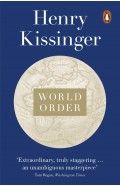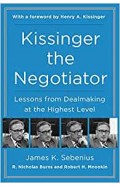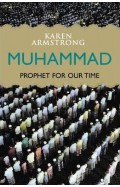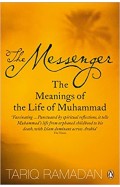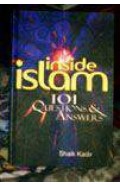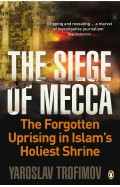- Home
- Sale
- 11.11 Sale UPTO 90% OFF
- 45% OFF
- Master of the Game: Henry Kissinger and the Art of Middle East Diplomacy
Master of the Game: Henry Kissinger and the Art of Middle East Diplomacy
By: Martin Indyk
-
Rs 3,132.25
- Rs 5,695.00
- 45%
You save Rs 2,562.75.
Due to constant currency fluctuation, prices are subject to change with or without notice.
<p/>More than twenty years have elapsed since the United States last brokered a peace agreement between the Israelis and Palestinians. In that time, three presidents have tried and failed. Martin Indyk--a former United States ambassador to Israel and special envoy for the Israeli-Palestinian negotiations in 2013--has experienced these political frustrations and disappointments firsthand. <p/>Now, in an attempt to understand the arc of American diplomatic influence in the Middle East, he returns to the origins of American-led peace efforts and to the man who created the Middle East peace process--Henry Kissinger. Based on newly available documents from American and Israeli archives, extensive interviews with Kissinger, and Indyk's own interactions with some of the main players, the author takes readers inside the negotiations. Here is a roster of larger-than-life characters--Anwar Sadat, Golda Meir, Moshe Dayan, Yitzhak Rabin, Hafez al-Assad, and Kissinger himself. <p/>Indyk's account is both that of a historian poring over the records of these events, as well as an inside player seeking to glean lessons for Middle East peacemaking. He makes clear that understanding Kissinger's design for Middle East peacemaking is key to comprehending how to--and how not to--make peace.
<p/>More than twenty years have elapsed since the United States last brokered a peace agreement between the Israelis and Palestinians. In that time, three presidents have tried and failed. Martin Indyk--a former United States ambassador to Israel and special envoy for the Israeli-Palestinian negotiations in 2013--has experienced these political frustrations and disappointments firsthand. <p/>Now, in an attempt to understand the arc of American diplomatic influence in the Middle East, he returns to the origins of American-led peace efforts and to the man who created the Middle East peace process--Henry Kissinger. Based on newly available documents from American and Israeli archives, extensive interviews with Kissinger, and Indyk's own interactions with some of the main players, the author takes readers inside the negotiations. Here is a roster of larger-than-life characters--Anwar Sadat, Golda Meir, Moshe Dayan, Yitzhak Rabin, Hafez al-Assad, and Kissinger himself. <p/>Indyk's account is both that of a historian poring over the records of these events, as well as an inside player seeking to glean lessons for Middle East peacemaking. He makes clear that understanding Kissinger's design for Middle East peacemaking is key to comprehending how to--and how not to--make peace.
Master of the Game: Henry Kissinger and the Art of Middle East Diplomacy
By: Martin Indyk
Rs 3,132.25 Rs 5,695.00 Ex Tax :Rs 3,132.25
Zubin Mehta: A Musical Journey (An Authorized Biography)
By: VOID - Bakhtiar K. Dadabhoy
Rs 472.50 Rs 1,050.00 Ex Tax :Rs 472.50
World Order: Reflections on the Character of Nations and the Course of History
By: Henry Kissinger
Rs 2,335.50 Rs 2,595.00 Ex Tax :Rs 2,335.50
Kissinger The Negotiator - Paperback
By: James K Sebenius
Rs 1,087.50 Rs 1,450.00 Ex Tax :Rs 1,087.50
The Quest For Meaning: Developing A Philosophy Of Pluralism
By: Tariq Ramadan
Rs 1,255.50 Rs 1,395.00 Ex Tax :Rs 1,255.50
War of the Worldviews: Science vs Spirituality
By: Dr Deepak Chopra
Rs 646.75 Rs 995.00 Ex Tax :Rs 646.75
In the Shadow of Shari'ah: Islam, Islamic Law and Democracy in Pakistan
By: Matthew J Nelson
Rs 2,605.50 Rs 2,895.00 Ex Tax :Rs 2,605.50
The Messenger: The Meanings of the Life of Muhammad
By: Tariq Ramadan
Rs 2,335.50 Rs 2,595.00 Ex Tax :Rs 2,335.50
The Ismailis Their History And Doctrines 2nd
By: Farhad Daftary
Rs 581.75 Rs 895.00 Ex Tax :Rs 581.75
World Order: Reflections on the Character of Nations and the Course of History
By: Henry Kissinger
Rs 2,335.50 Rs 2,595.00 Ex Tax :Rs 2,335.50
Kissinger The Negotiator - Paperback
By: James K Sebenius
Rs 1,087.50 Rs 1,450.00 Ex Tax :Rs 1,087.50
No recently viewed books available at the moment.
Zubin Mehta: A Musical Journey (An Authorized Biography)
By: VOID - Bakhtiar K. Dadabhoy
Rs 472.50 Rs 1,050.00 Ex Tax :Rs 472.50
Master of the Game: Henry Kissinger and the Art of Middle East Diplomacy
By: Martin Indyk
Rs 3,132.25 Rs 5,695.00 Ex Tax :Rs 3,132.25
World Order: Reflections on the Character of Nations and the Course of History
By: Henry Kissinger
Rs 2,335.50 Rs 2,595.00 Ex Tax :Rs 2,335.50
Kissinger The Negotiator - Paperback
By: James K Sebenius
Rs 1,087.50 Rs 1,450.00 Ex Tax :Rs 1,087.50












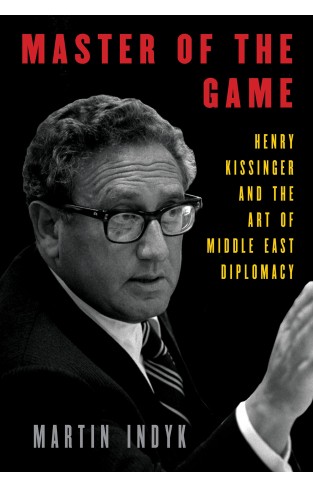
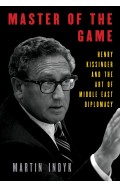
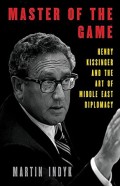
-120x187.jpg?q6)





